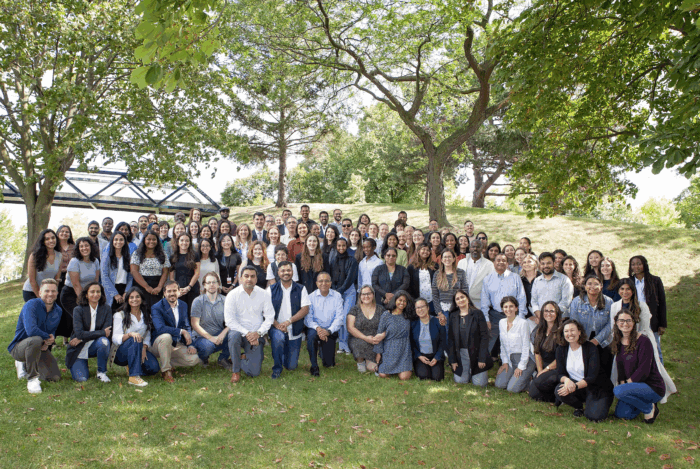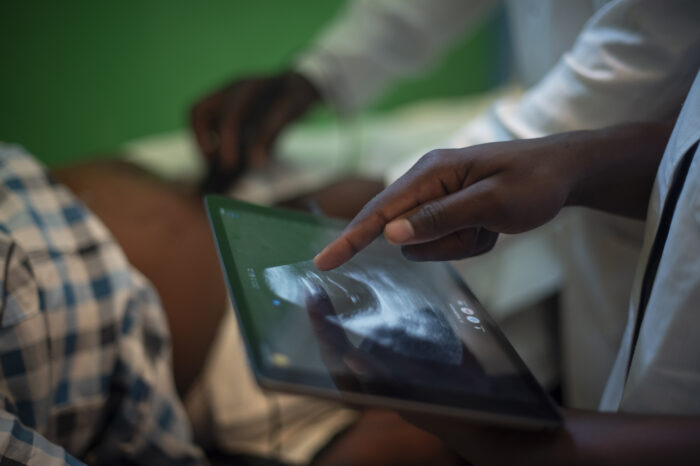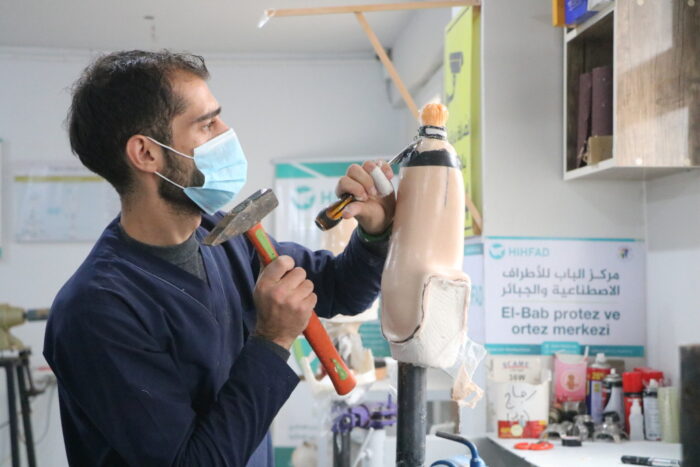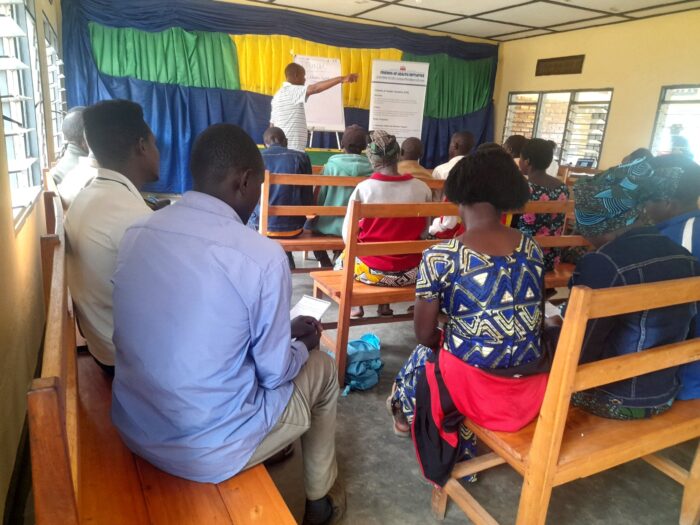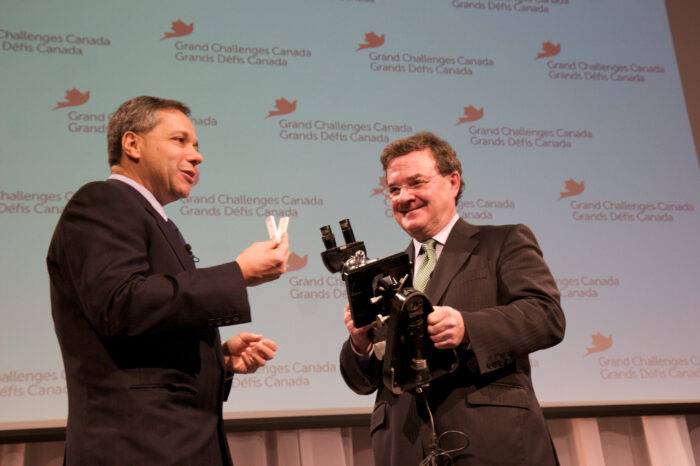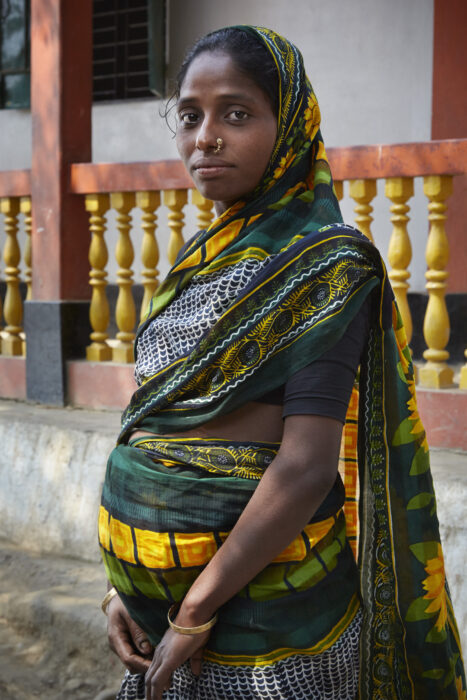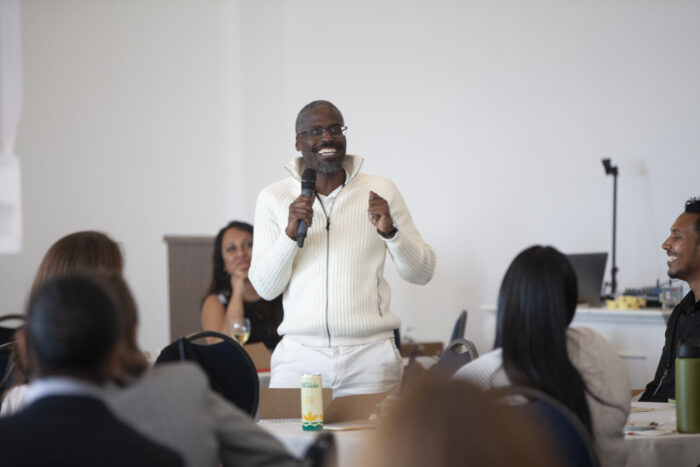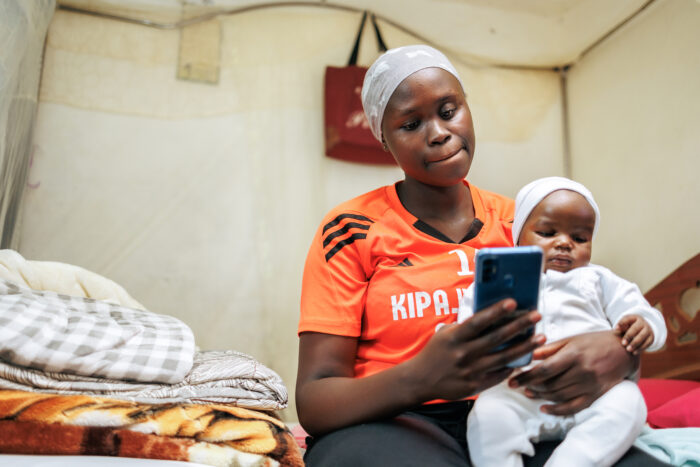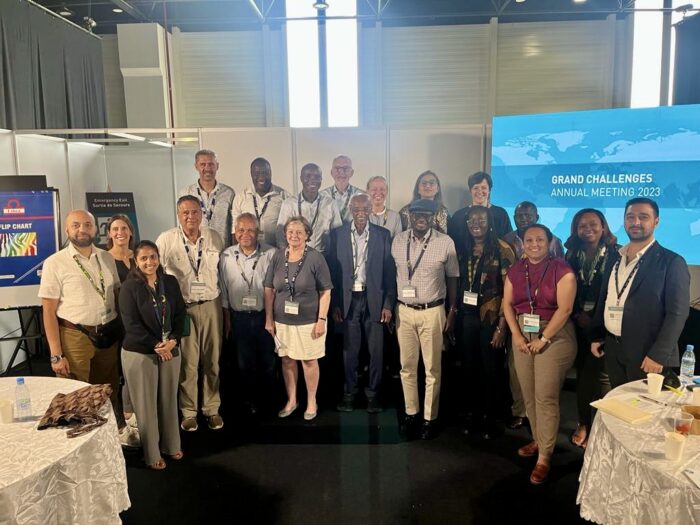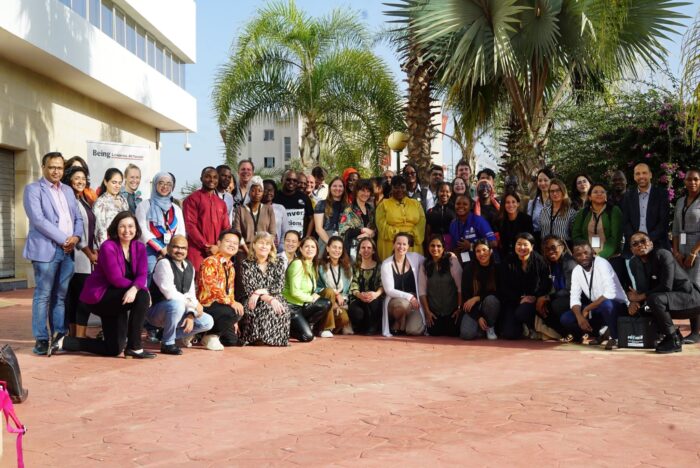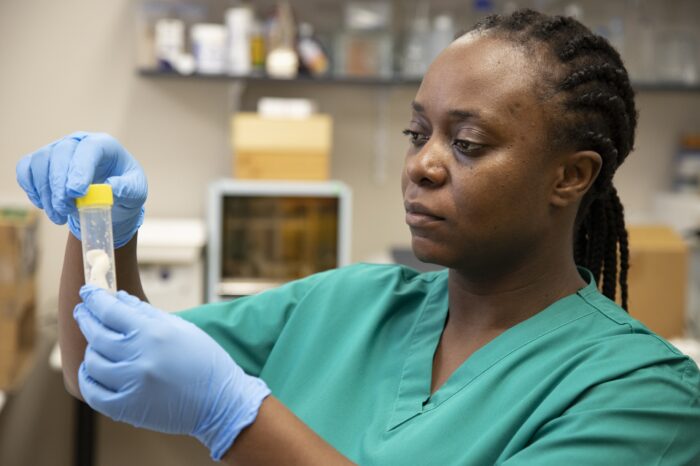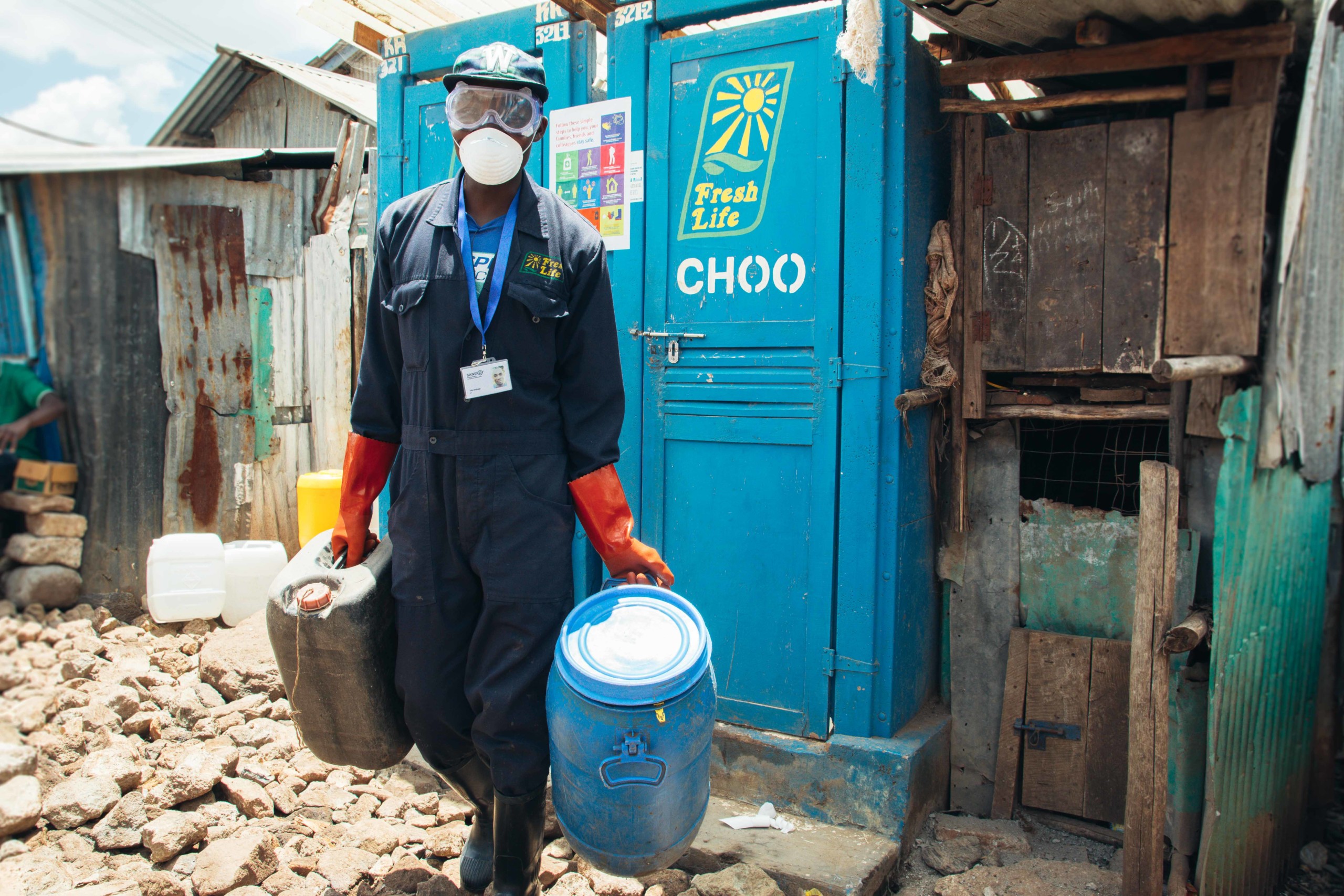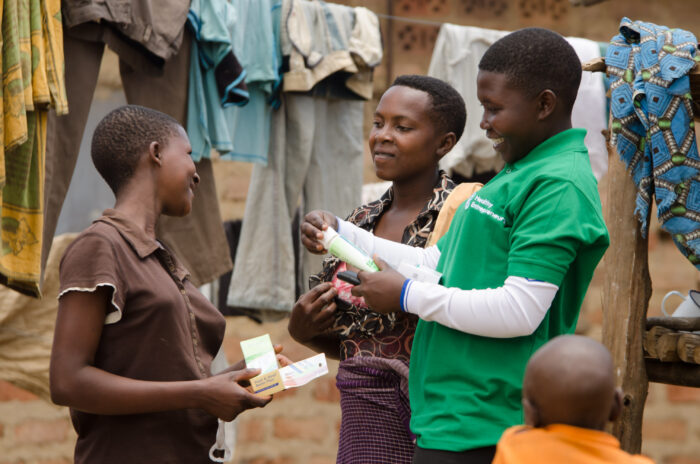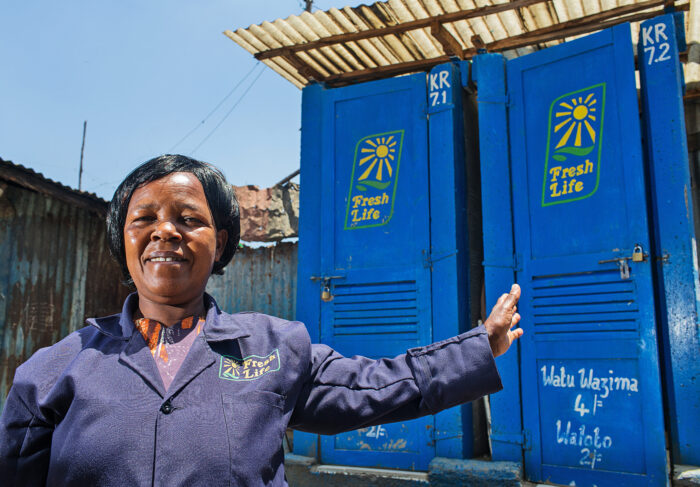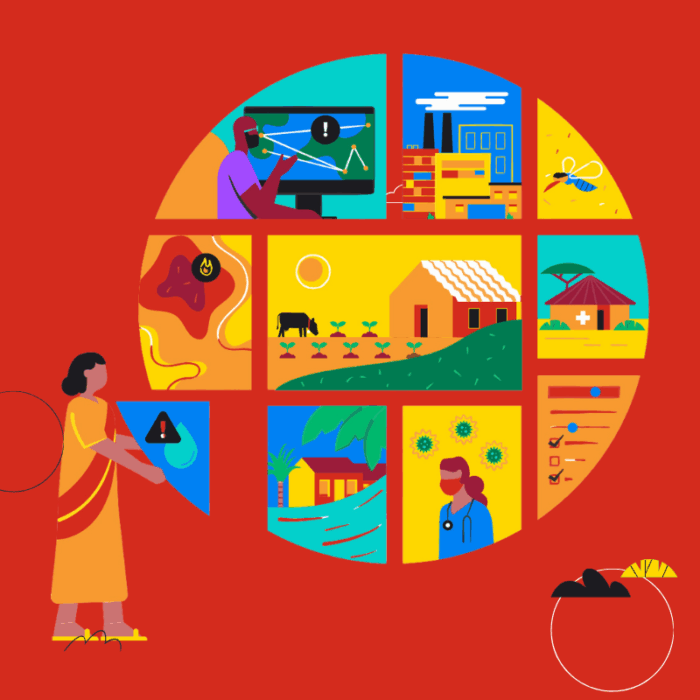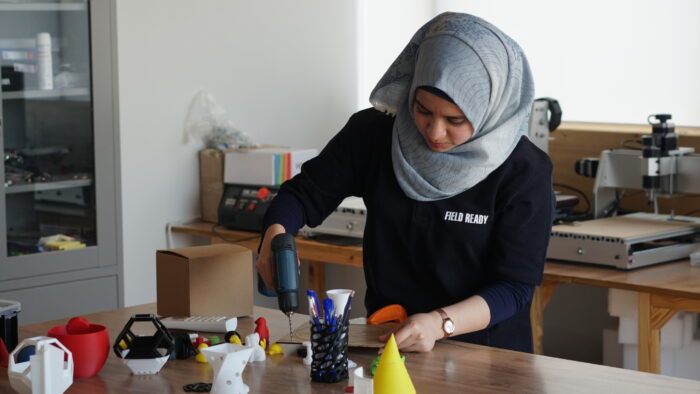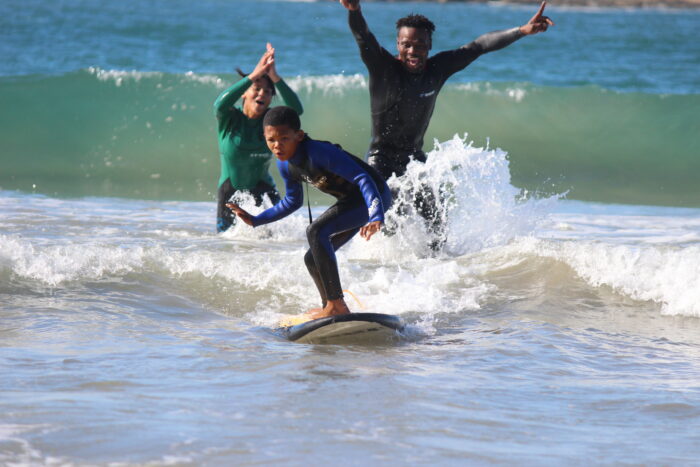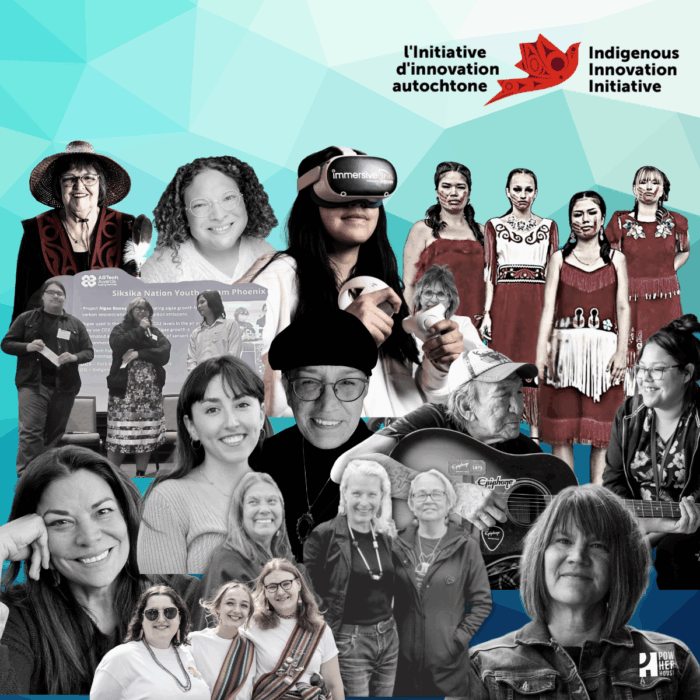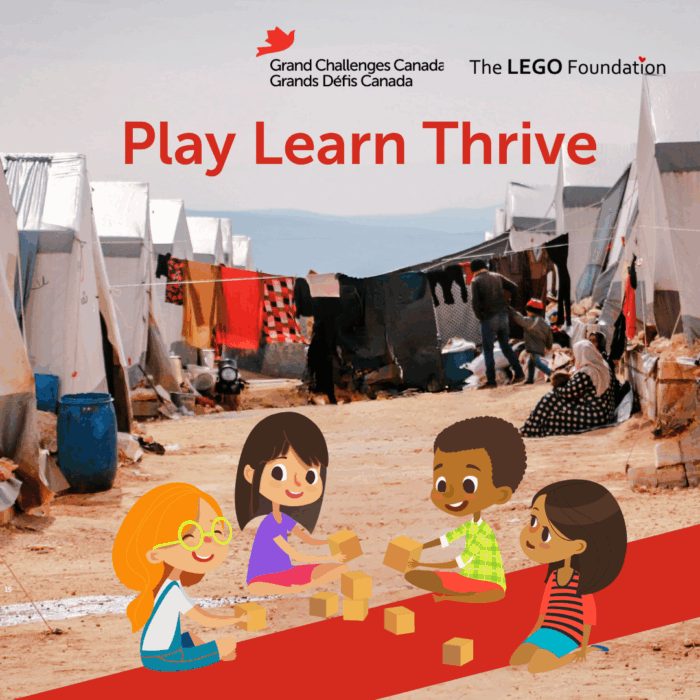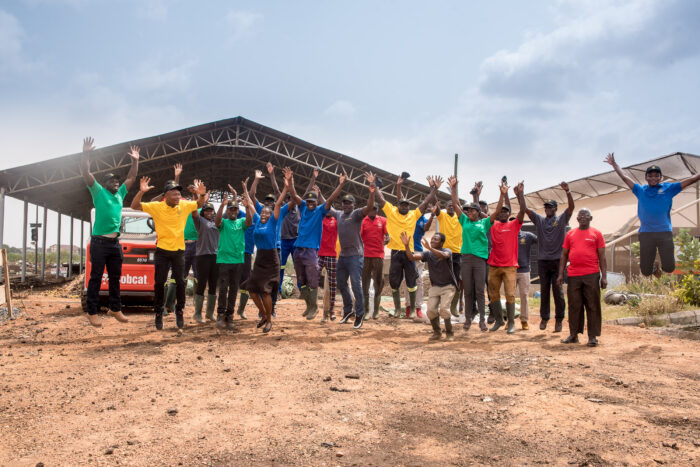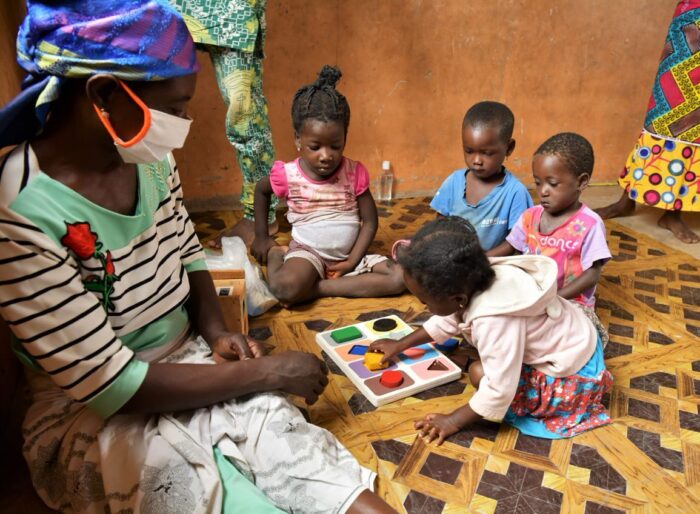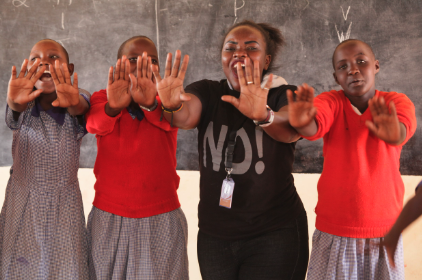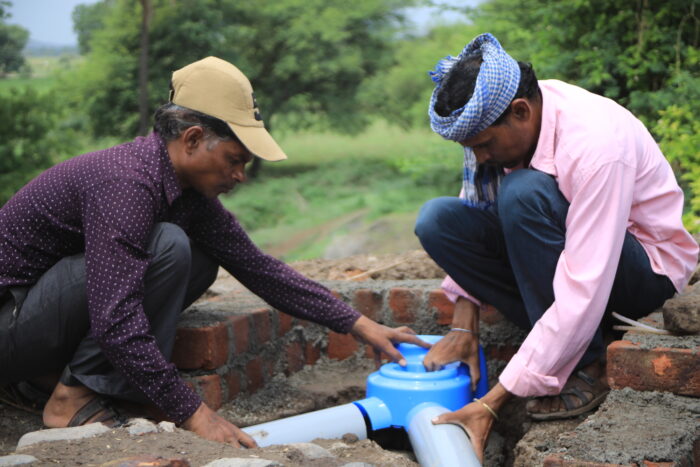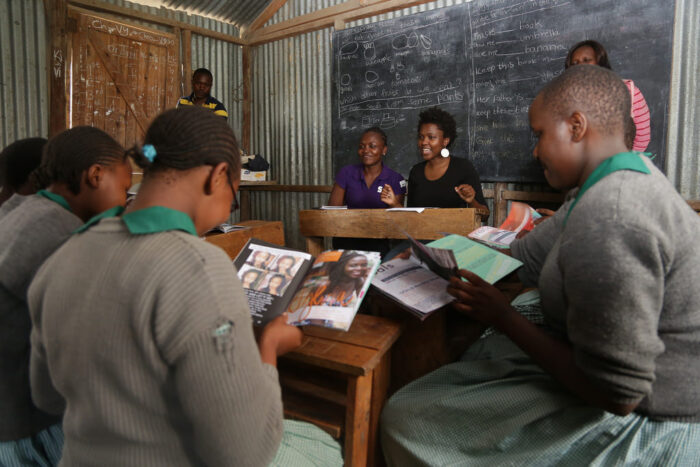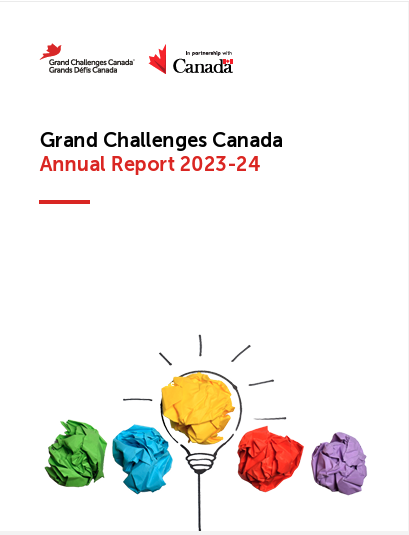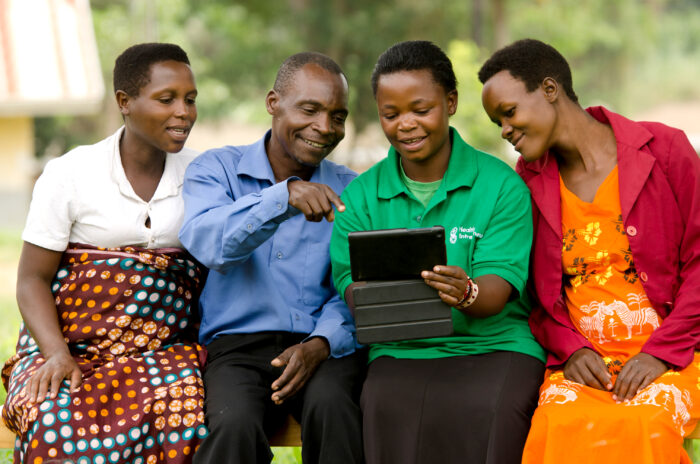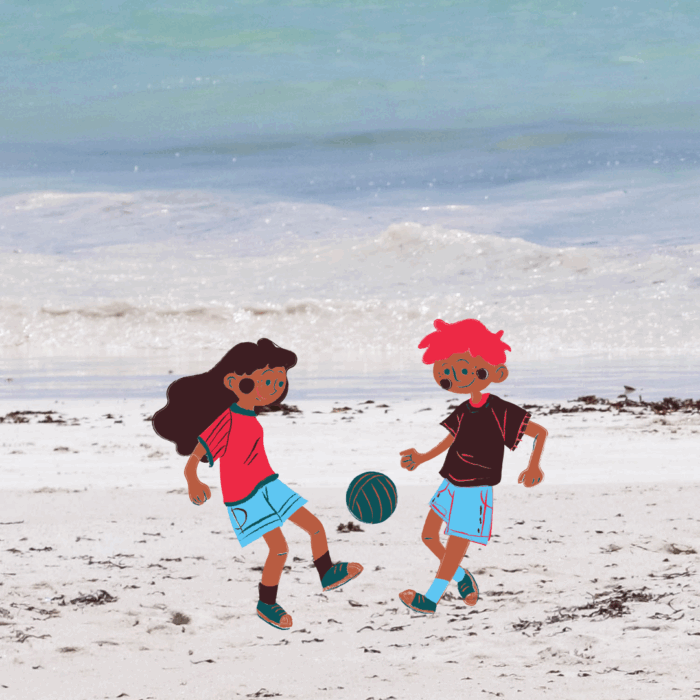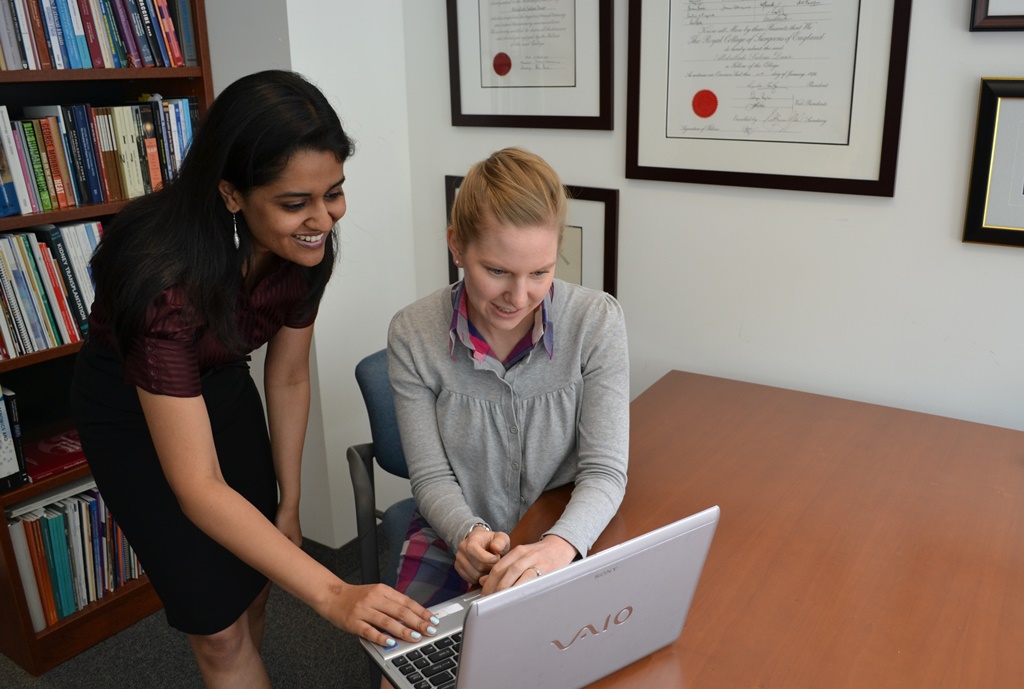Swati Anand
“You are what you share.”
― Charles Leadbeater, ‘We Think: The Power Of Mass Creativity’
“Who do you like on Twitter?”
This question was among the many in the arsenal of Communication personnel Katherine Hannemann and Zina Nelku as they interviewed me for the Summer Student program for 2013. My mind raced as, up until that point, I had been a passive follower on Twitter. Luckily, my brief exposure provided me with an answer that seemed to satisfy the web-savvy ladies in front of me.
Once out of the interview room, it was overwhelmingly obvious to me that I had to work on getting my social media skills in order. My Strategic Marketing Communications professor, Paul Tedesco, was full of helpful insights and I did my final paper on Marketing Communications in the Not-For-Profit Sector in an attempt to prepare myself better for my internship.
But nothing prepared me for the moment of truth – when I sat in front of my TweetDeck and the Grand Challenges Canada Facebook page and wondered what to do. I decided to take the case study approach – a viewpoint I realized was common to B-schoolers, as Raymond Shih pointed out in his blog post.
I drew out a plan where I likened social media to an orchestra, where each platform played a different, but significant role in creating a harmony. As for the content, it was vastly different from promoting, say, mascara. But the core approach wasn’t very different. After all, both for-profit and not-for-profit sectors demanded a thorough understanding of target audience and constant revaluation of it. And the communications looks to engage its target audience meaningfully, without being obtrusive and overtly promotional.
Funnily, some of the most important lessons came from my career as a journalist. Years of writing for daily newspapers, taught me that content should always be:
Current: While this one is obvious for a newshound, it’s fairly basic even for social media. The most uninteresting tweets are, after all, of people who recycle the same URLs over days till you yawn as your scroll through them on your phone. Every time I look at the New Tweet button on Twitter or the Status space on Facebook, I think of my editor’s standard greeting, “So what’s new today?” Each tweet has to answer that question. And if this requires constant and borderline manic sourcing of fresh content – from news sites, medical journals, global health conferences, partners and grantees – all day, so be it.
Relevant: As a rookie reporter, I remember countless occasions when I would burst into my editor’s cabin announcing a piece of what I thought was the most exciting news, only to be met with a poker-faced: “So?” Getting great content is one part of the job. Making it relevant to your target audience creates that all-important link between you and them. So it’s not enough to simply post a video about social issues faced by mental health patients in African countries. It should, instead, be viewed as an opportunity to tell our audience how projects aided by Grand Challenges Canada are working towards alleviating those conditions. Here’s an example of a Tweet linking a BBC mental health video to one of our core programs:
Interesting: The final frontier is the narrative. “How you tell a story is as important as the story. Actually, it’s more important,” said a senior reporter as he skimmed through my dry copy on my first day as an intern in a daily newspaper. I was all of 18 then and never forgot that lesson, which is valuable even as I make presentations in B-school and when I work on social media. Linking to trending hashtags, veering away academic jargon to a conversational tone (while maintaining a sense of gravitas), and sometimes, simply reading a tweet aloud to think about how it ‘sounds’, are tools that help keeping content from sounding dull. So we use #StarSpotted when we spot a Star in Global Health in the media, #SundayRead on weekend blog posts to promote our bloggers among other weekend reads and we got on the #SocEnt #ImpInv trends to talk about how our grantees were making a difference.
Eventually, the milestones start adding up. Like crossing 2,000 Likes on Facebook (up from less than 1,800 when I joined in May). Or creating a Social Entrepreneurship/Impact Investing list on Twitter that followers start subscribing to. Or promoting Grand Challenges Canada during global events like Women Deliver or the G8 Summit to increase visibility and engagement. All proof that we’re reaching a rapidly growing audience that wants to learn more and talk about pressing global health problems and innovative solutions to address them.
The icing is the generous praise from across the board – from the Communications team to Program Officers to the leadership. I think that’s a special perk as part of the warm culture here at Grand Challenges Canada.
Former business journalist, Swati Anand is passionate about marketing strategy and loves being a social media observer, as she pursues her MBA at the Schulich School of Business in Toronto. Connect with her on Twitter: @SwatAnand
